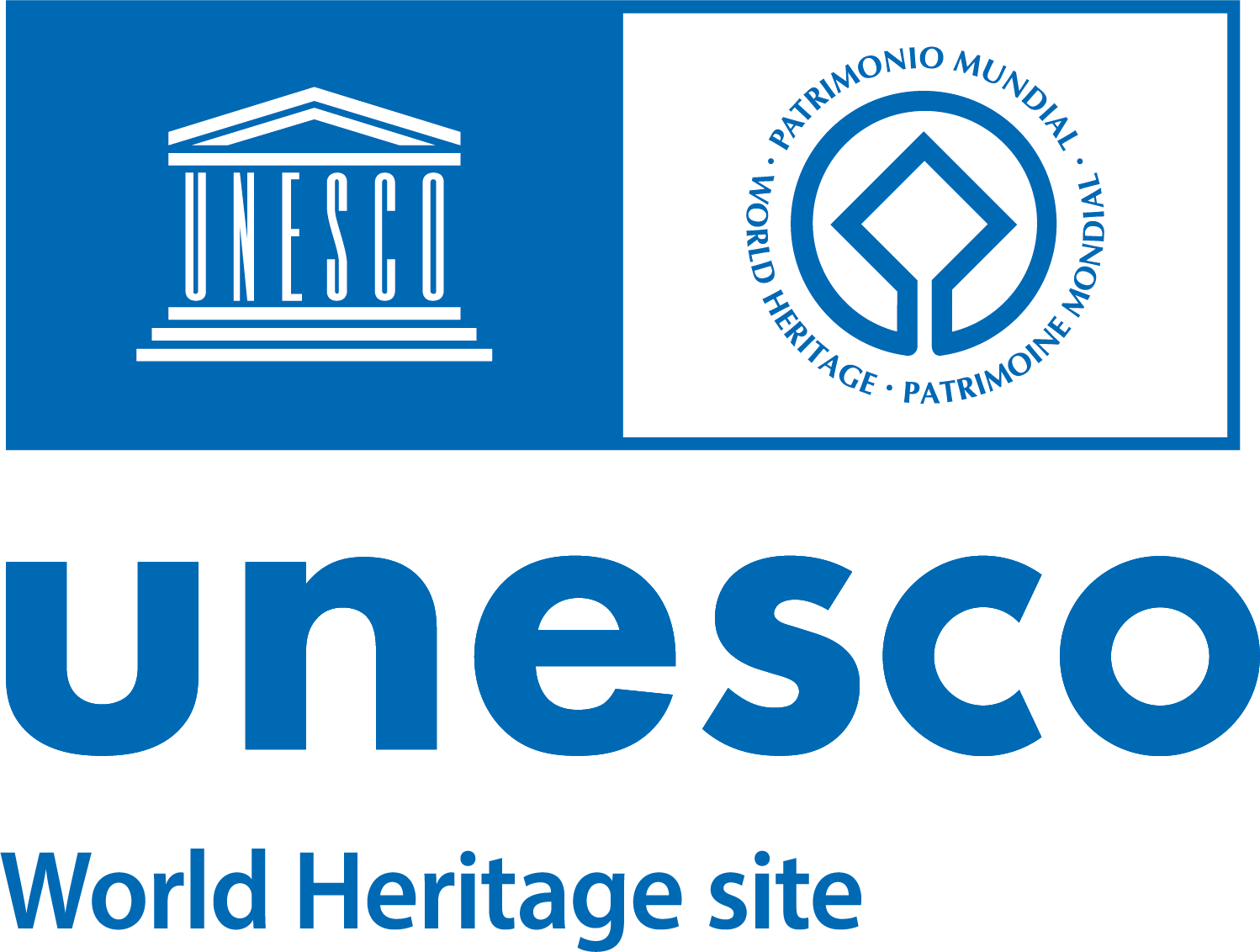The current appearance of Porta Tiburtina has been altered by numerous restorations. Originally, it must have corresponded to the arch built under Augustus, at the point where three aqueducts passed over the Via Tiburtina, the ancient road linking Rome, Tivoli and the Adriatic coast. This initial phase is clearly visible on the inside elevation of the walls; above the Augustan arch, adorned with an ox head carved on the keystone, are three inscriptions associated with the restorations of the aqueducts. At the top is the inscription of Augustus, carved on the channel of the Aqua Julia, in the centre the one dating to Caracalla’s restoration of the Aqua Tepula channel in 212, and on the lower channel, that of the Aqua Marcia, the celebratory epitaph of the restoration ordered by Titus in 79. On the outer side, which gives on to the San Lorenzo neighbourhood, it is possible to see the remodelling with large blocks of travertine carried out at the time of Honorius. The windows at the top let light into the chamber where the guard raised or lowered a portcullis. On the façade is an inscription commemorating the widening of the walls, bearing the names of the Emperors Arcadius and Honorius.
In the Middle Ages the towers were completely rebuilt in various phases with more or less regular blocks of tuff, alternating with courses of reused bricks. In this age the gate was known both as Porta San Lorenzo, due to the vicinity of the basilica, and as Porta Taurina, due to the presence of sculpted relief heads on the Augustan arch.
At the beginning of the 15th century, during fighting between papal troops and the army of the Kingdom of Naples led by Ladislaus, the gate was bombarded and the side facing the city was seriously damaged. It was later remodelled by Pope Nicholas V (1447–1455), who raised the towers to their current height: this work is distinguishable due to the use of large blocks of tuff. Further modifications date to the end of the 16th century, when, with the construction of the Felice aqueduct, the channel crossed over the walls in the stretch between Porta Maggiore and Porta Tiburtina. In the 17th century, all the spaces on the inner side were occupied by buildings for a guard block and for the Customs, documented by various period photos taken between the end of the 19th and the beginning of the 20th century.
In 1917, the city council stopped the passage of traffic through the Augustan arch for good; working to a design by Lucio Mariani, the newer constructions were demolished and Porta Tiburtina was transformed into a monument to itself. This stretch of walls now divides the San Lorenzo neighbourhood from the logistical area of Termini Station.





2. A. MILANA, External elevation of Porta Tiburtina, 1966.
3. Porta Tiburtina, external elevation, 1920-1930.
4. C. B. SIMELLI, Porta Tiburtina, external elevation, 1864-1866.
5. Porta Tiburtina, external elevation, second half of the 19th century.


